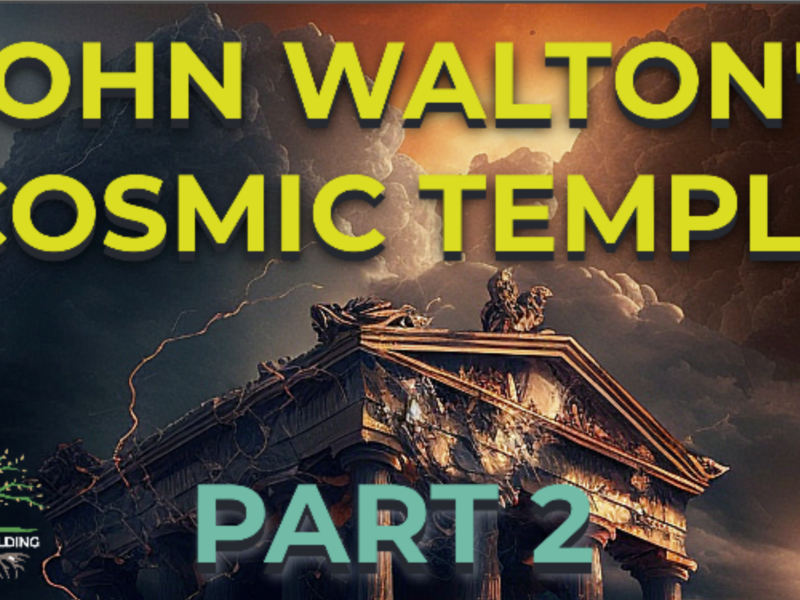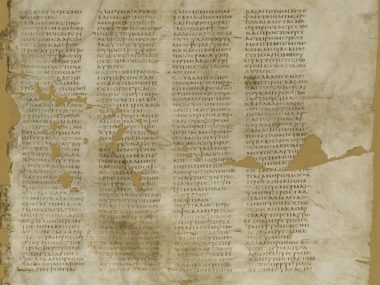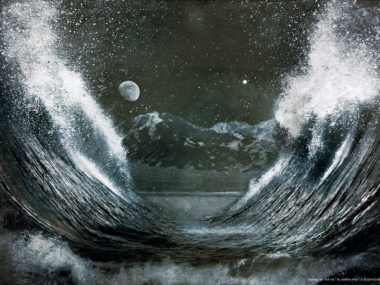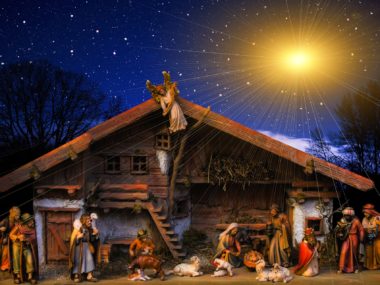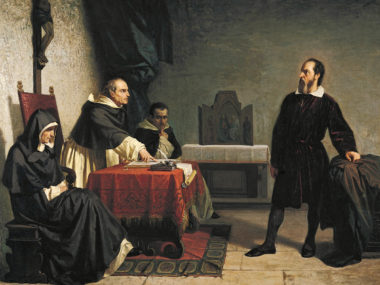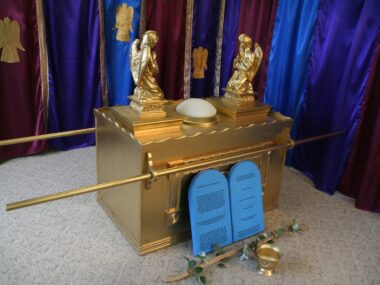Following on from Part 1, John Walton next believes that Genesis 1 nowhere describes the creation of material objects. The fundamental problem with this argument, however, is Walton’s conflating two very different ideas—creation ex nihilo and creation ex materia. Creation ex nihilo means creating something out of nothing and creation ex materia means creating something from other objects.
The following article has been reblogged with permission from Creation Unfolding. The views expressed reflect those of the author, and not necessarily those of New Creation.
You see apart from the events of Day 1 and the creation of the Sun, Moon, and stars on Day 4, everything else in Genesis 1 could feasibly have been fashioned from other material objects. We can think of this kind of creation in terms of differentiation or separation—a concept that should immediately cause one’s theological ears to prick up. Throughout the Bible, God is constantly separating things out. He separates out Abraham from the pagans, Israel from the nations, David from his brothers, and the church from the world. Yet just because God separates out and forms one object from another in no way mitigates his creational manipulation of material objects. Consider, however, what Walton says about the events of Day 3:
“Day 3 uses secondary and passive terms for God’s involvement: let the water be gathered, let the dry land appear (therefore it already exists), and let the land produce vegetation. No new material objects are formed on day 3.”
Walton 2015

Yet how can Walton say, “no new material objects are formed”? True, no material object was made ex nihilo, but that God made new material objects on Day 3 is categorical. He created an entire biosphere! In fact, when we look at the other verbs that occur during Day 3, we are left with the unmistakable impression of God’s manipulating and forming material objects. For example, In Genesis 1:9 (ESV; emphasis mine) God says, “Let the waters under the heavens be gathered together into one place.” This is a clear manipulation of liquid, which interestingly enough seems to be coalescing into a single body of water under the influence of gravity. Next the text says, “and let the dry land appear.” This seems to indicate, given the context, an upward or vertical movement and subsequent shaping of that which was hidden under the waters. In verse 11 (ESV; emphasis mine), we read:
“Let the earth sprout vegetation, plants yielding seed, and fruit trees bearing fruit in which is their seed, each according to its kind, on the earth.” … The earth brought forth vegetation, plants yielding seed according to their own kinds, and trees bearing fruit in which is their seed, each according to its kind.”

Just because these verses describe creation ex materia, in no way limits the clear creational intent. As an example, I might tell you that I made a desk for my office. But do I have to tell you that the four legs and the top were prefabricated, or taking it even further back in time, do I have to tell you that the legs and top came from felled trees? You see, it really doesn’t matter that an object came into existence ex nihilo or through the manipulation of pre-existing matter. Either way, something new was created.
Let’s not miss the forest for the trees here. Creational verbs such as “let it be,” as well as an array of auxiliary verbs indicative of movement, and the manipulation and growth of pre-existing material objects, clearly specify that God is creating things! Walton’s claim that “No new material objects are formed on day 3” assumes that no objects were created ex nihilo. If, however, God formed a global ocean, dry land, and vegetation, ex materia, or out of other objects, then Walton’s statement is untrue and his whole thesis is weakened.
In part 3, I will look at Walton’s third claim—that the Hebrew word “bara,” translated in English as “to create,” should only carry a functional interpretation.
Understanding John Walton’s Cosmic Temple Series
Understanding John Walton’s Cosmic Temple (Part I)
Understanding John Walton’s Cosmic Temple (Part III) (Coming Soon!)
Learn More About John Walton’s Cosmic Temple
Footnotes
Walton, John, H. 2009. The Lost World of Genesis One: Ancient Cosmology and the Origins Debate. InterVarsity Press, Academic.
Walton, John. 2015. Material or Function in Genesis 1. BioLogos. Accessed 05/31/2024.

